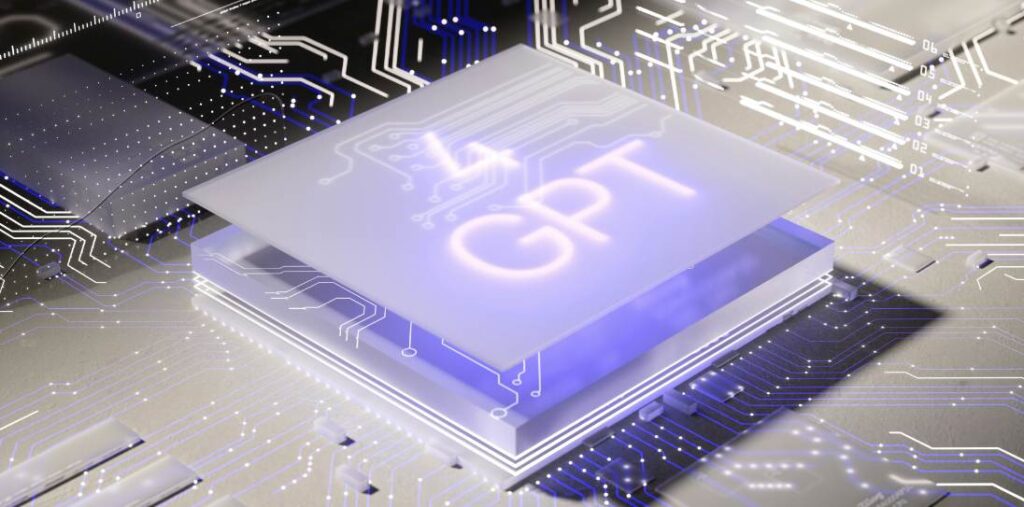The rapidly evolving landscape of artificial intelligence (AI) continues to influence various sectors, with defense applications emerging as one of the most critical domains for innovation. The integration of AI technologies into military frameworks not only enhances operational efficiency but also raises important ethical and regulatory considerations. As nations strive to stay ahead in the strategic race, AI’s role in defense is expanding at an unprecedented pace.
In recent months, nations like the United States, China, and Russia have intensified their investments in AI-driven defense technologies, seeking to leverage machine learning algorithms for surveillance, battlefield strategy optimization, and unmanned systems. The objective is to create faster response times, gather intelligence more efficiently, and significantly reduce human risk in combat situations. .
One prominent example of this AI infusion into defense is the development of autonomous drone systems equipped with sophisticated machine learning capabilities. These drones are able to analyze vast amounts of data in real-time, enabling them to make decisions on target identification and engagement without direct human intervention. Such capabilities are viewed as both advantageous and problematic, igniting debates surrounding the ethical implications of lethal autonomous weapons.
Moreover, AI’s role in cybersecurity for military applications cannot be overlooked. Advanced algorithms are being deployed to detect vulnerabilities in defense networks and counteract potential cyber threats before they can cause damage. The ability to process and respond to cyber incidents quicker than human analysts can offer a critical edge in modern warfare, where information dominance is key. However, as military reliance on AI increases, related risks involving algorithmic bias, transparency, and accountability come to the forefront. .
**Transforming Education: AI in Online Learning Assessment**
As educational institutions adapt to evolving teaching methods, AI has emerged as a transformative force within online learning assessment frameworks. The COVID-19 pandemic accelerated the shift towards remote education, leading to an increased necessity for reliable, fair, and effective assessment tools. AI-powered systems are now enhancing the way academic performance is evaluated, providing deeper insights into student learning and teaching efficacy.
Recent advancements in AI have enabled the development of sophisticated tools capable of analyzing students’ performance in real-time, offering personalized feedback, and identifying areas that require additional focus. Machine learning algorithms analyze patterns in student responses, predicting their future performance based on historical data. This not only helps educators tailor their teaching strategies but also supports students’ unique learning paths. .
Furthermore, concerns surrounding the fairness and reliability of traditional assessments, such as standardized testing, have propelled the adoption of AI for more personalized evaluations. Real-time assessments powered by AI can adjust the difficulty of questions based on a student’s abilities, ensuring a more accurate representation of their knowledge level. This dynamic adjustment makes the assessment process more engaging and reflective of actual competence rather than a simple scorecard.
AI is also enhancing the security of online assessments through advanced proctoring solutions. Leveraging computer vision and biometric analysis, these tools monitor students during examinations to detect any instances of cheating or dishonesty. By maintaining the integrity of evaluations, educational institutions can ensure consistent standards even in remote learning environments. .
However, the increasing role of AI in educational assessments raises questions about data privacy and the algorithmic biases inherent in these systems. Safeguarding student data while ensuring equity in assessment processes remains a pressing challenge for developers and educators alike. The potential for AI to reinforce existing disparities in educational outcomes necessitates ongoing scrutiny and improvement of these technologies.
**AI Stands Up for Disability Rights: Innovations and Impact**
In recent years, a growing focus on using AI for disability rights and inclusion has gained momentum across societal sectors. This transformative technology is being harnessed to level the playing field for individuals with disabilities, enhancing accessibility, providing assistive technologies, and promoting inclusivity in various aspects of life. AI’s growing influence in enhancing the quality of life for individuals with disabilities is remarkable, as it creates tailored solutions to address unique challenges.
AI-powered devices such as smart home assistants and wearable technology have emerged as critical tools for individuals with disabilities. For instance, advancements in natural language processing (NLP) are enabling voice-activated assistants to better understand and respond to commands from individuals with speech impairments. Additionally, AI-driven applications enhance mobility for those with visual impairments by utilizing computer vision to navigate surroundings, recognize obstacles, and provide real-time audio descriptions of the environment. .
In workplace settings, AI solutions are being deployed to foster greater inclusion. AI algorithms can analyze job descriptions and identify language that may unintentionally discourage candidates with disabilities from applying. By promoting inclusive language and identifying systemic barriers, organizations can actively work towards creating diverse and accessible work environments. Moreover, AI-driven recruitment tools can help to mitigate unconscious bias by focusing on candidates’ skills and qualifications rather than solely on resumes.
The intersection of AI and disability rights also extends to educational settings. AI technologies can support personalized learning experiences for students with disabilities, adapting content based on individual learning styles and pace. For example, AI tools can assess students’ reading comprehension, providing customized support to improve literacy skills without stigmatizing students. With the help of AI, educators can foster environments where all students have equal opportunities to succeed. .
Nonetheless, the integration of AI into disability rights initiatives is not without challenges. The implementation of AI technologies often raises concerns regarding privacy, security, and data ownership. It is vital to ensure that the data generated by AI-powered assistive technologies remains secure and that users have control over their personal information. Moreover, as the development of AI continues, continuous input from individuals with disabilities is crucial to ensure that the technologies being created truly meet their needs and rights.
In conclusion, the strategic integration of AI across defense, education, and disability rights showcases the technology’s potential to revolutionize society fundamentally. By enhancing operational capabilities, personalizing assessments, and promoting inclusivity, AI stands at the forefront of transformative change. However, as these developments unfold, it is imperative to address the ethical considerations, biases, and accountability associated with AI technologies. Continuous dialogue and collaboration among stakeholders including developers, policymakers, educators, and individuals directly affected will be key to harnessing the full potential of AI while safeguarding rights and ensuring equitable outcomes.
**Sources:**
1. “Artificial Intelligence in Defense.” U.S. Department of Defense, https://www.defense.gov/.
2. “AI and the Future of Online Learning.” National Education Association, https://www.nea.org/.
3. “Advancements in AI for Disability Rights.” American Association of People with Disabilities, https://www.aapd.com/.




























